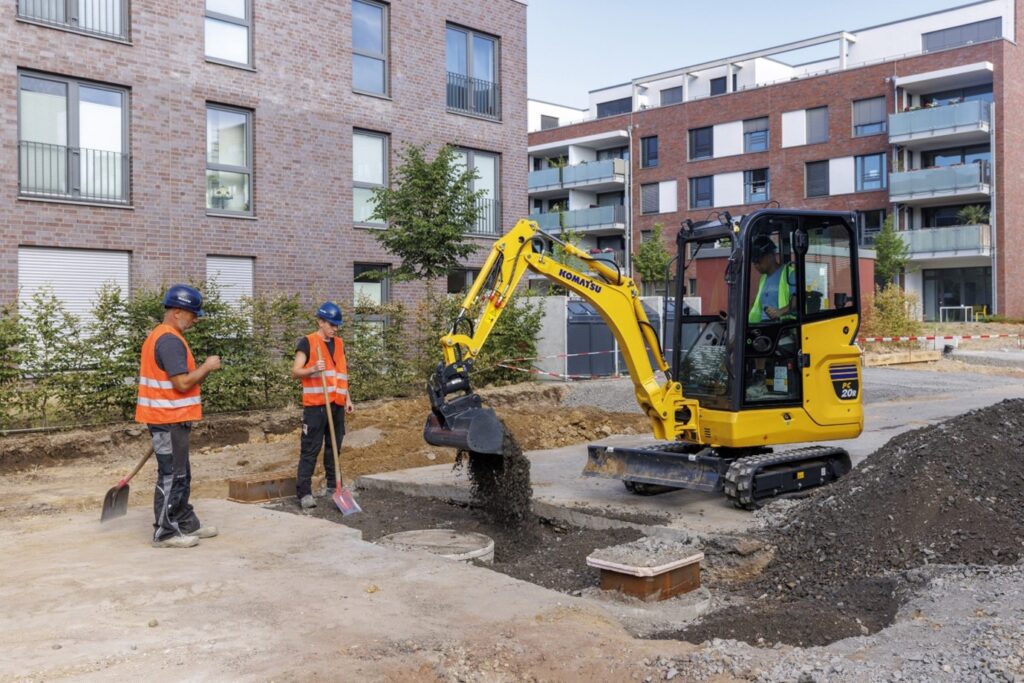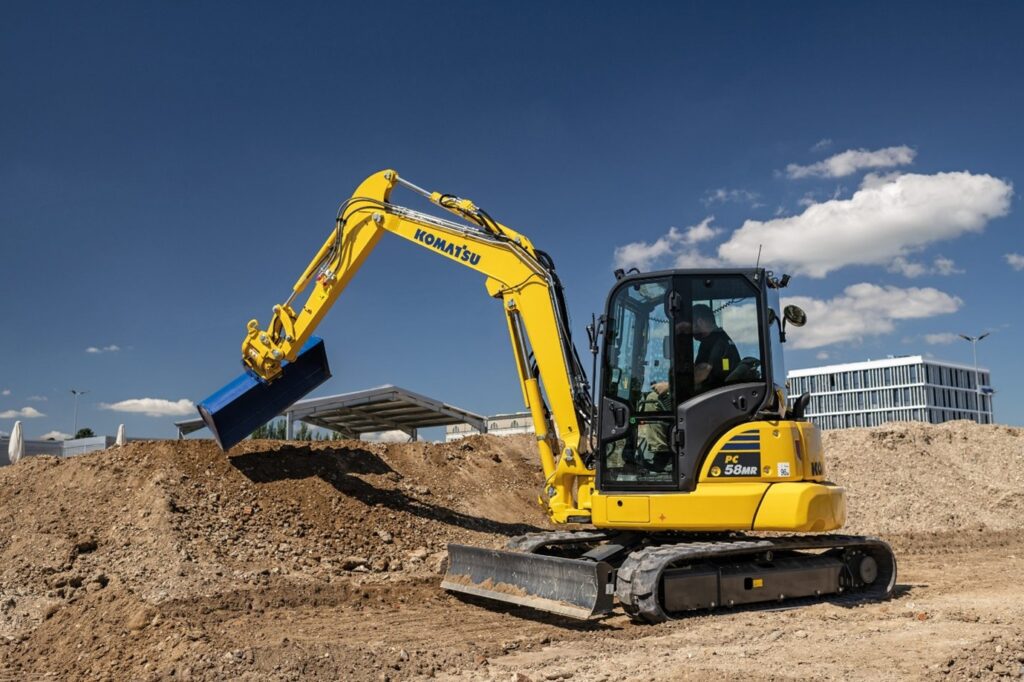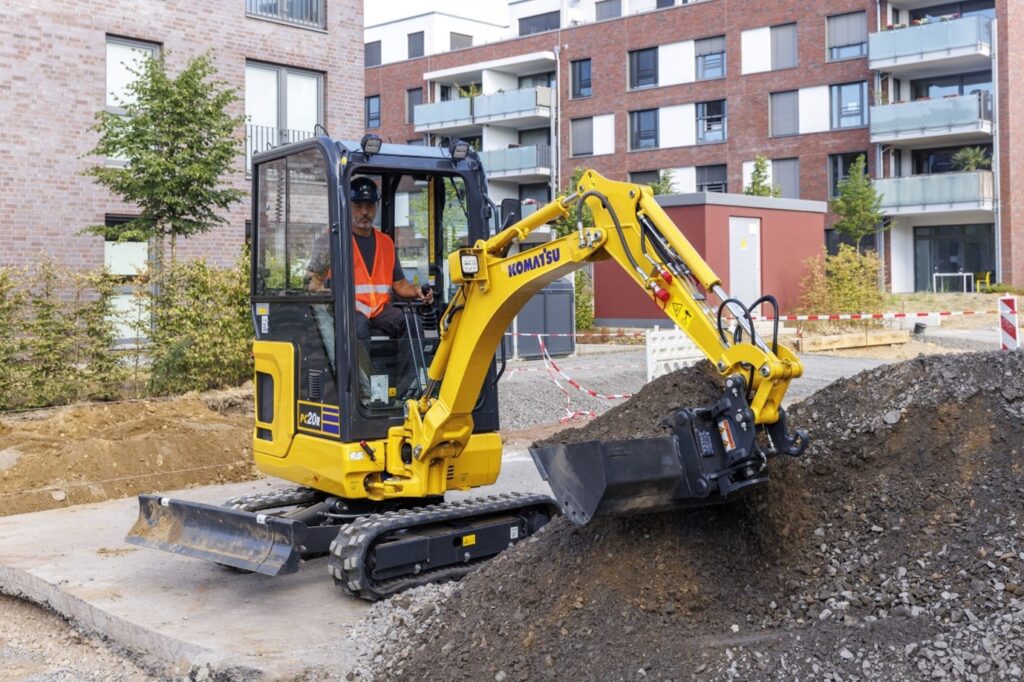Advantages & Disadvantages of Rubber Tracks
If you are in the process of purchasing a new utility excavator, or considering switching to rubber tracks from a steel undercarriage on your machine knowing the benefits of rubber tracks and how to maintain them will help bring down costs and help the machine perform better long term.
In the end, a decision should be made on the potential application of the machine, taking into consideration the potential ground and, even, weather conditions.
- Rubber Tracks are much quieter than steel tracks. Operators will often wear appropriate ear protection, rubber tracks absorb far more vibration & noise than steel tracks, which makes them an ideal choice for working in urban or other noise-sensitive environments.
- Undercarriage components are subjected to less vibration with rubber tracks. Components subjected to heavy vibration can be more prone to failure or damage.
- Rubber Tracks perform better on softer ground. Rubber tracks movie easily across grass or soil without ripping up the surface like steel tracks would.
- Rubber Tracks are a cheaper alternative. Rubber Tracks cost considerably less than steel tracks and bolt-on rubber pads.
- Rubber Tracks have a lower maintenance cost. If maintained carefully, rubber tracks are also far more cost-effective over time. See below for a full maintenance guide.
Rubber Tracks Maintenance Guide
Like a steel undercarriage, there are ways you can keep your rubber tracks in good operating condition and avoid the need to replace sooner than necessary.
- Clean your tracks. Try to pressure-wash your tracks at the finish of every day. Remove any rocks or sizeable debris form the tracks. Use this opportunity to visually inspect components for damage, looseness, or missing parts.
- Don’t wait to replace. If you notice any components that are wearing out, replace them as soon as possible. Operate for too long with worn smaller components can cause damage to larger components.
- Avoid swinging in a 180-degree circle. Pivoting on the spot can cause excess side-wear to the tracks. Take the time to perform a 3-point turn where possible especially on harder terrain.
- Make sure you have the right fit. Poorly fitted rubber tracks result in premature wear to the sprockets, and to the tracks themselves. Ensure you have the right length & pitch to match the machine’s sprockets.
- Maintain correct tension. An over-tight tension is just as harmful as too-little tension. Too much tension causes premature wear in a number of places, and results in a greater use of fuel. A loose track can be a health & safety risk to the operator, and cause insurmountable damage to the machine especially if it falls of the machine. It’s a good idea to check the tension every 50 to 100 hours of operation.
- Avoid operating on slopes or making sharp turns. Rubber tracks wear quicker under heavier weights. Also, try to avoid reversing especially over long distances – most rubber tracks are designed for forward motion.
- Replace both tracks as the same time. Avoid uneven track wear by replacing both tracks at the same time.
- Avoid parking in direct sunlight. Double the lifespan of your tracks by not parking in direct sunlight – find some shade or cover with a tarpaulin during the hotter months.
Contact Marubeni Komatsu Parts on 0845 601 5540 or [email protected] with your machine details and we can offer a no-obligation quote for rubber tracks.



